CROSS COUNTRY
2019-2020
Alana after the Woodbridge Classic, September 2019.
Hope comforting Teagan after the Woodbridge Classic race in Norco, California, September 2019.
Running re-shaped the way I thought about myself and my identity.
Running has always been a part of my life—even though I wasn’t always the runner. My dad, a lifelong runner, was completing marathons long before I was born. But, I won’t pretend I always loved running—because, for a long time, I didn’t. In fact, I hated it. My dad signed me up for cross country and track in middle school to keep me in shape for soccer, and while I turned out to be pretty good at it, I didn’t enjoy it. The thrill of competition and my natural ability kept me going up until high school, but the pressure was overwhelming and, frankly, running was (and still is) painful.
However, everything changed when I was forced to quit soccer after my fourth and final concussion. By the time I was fifteen, I felt disconnected—from my friends, from myself, and from the sense of purpose that sports had always given me. Cross country lingered in my mind as an option—I already knew most of the team from middle school, and I knew I had the ability. So, in my last year of high school, I decided to join. From the very first practice, it was an instant infatuation. For the first time, I felt like I belonged somewhere, and was wanted somewhere. My dad, unable to run anymore himself, was overjoyed. We bonded over race strategies, paces, mileage—everything. Running became more than just a sport; it became a passion. It introduced me to my best friend and some of the most meaningful friendships I still hold today.

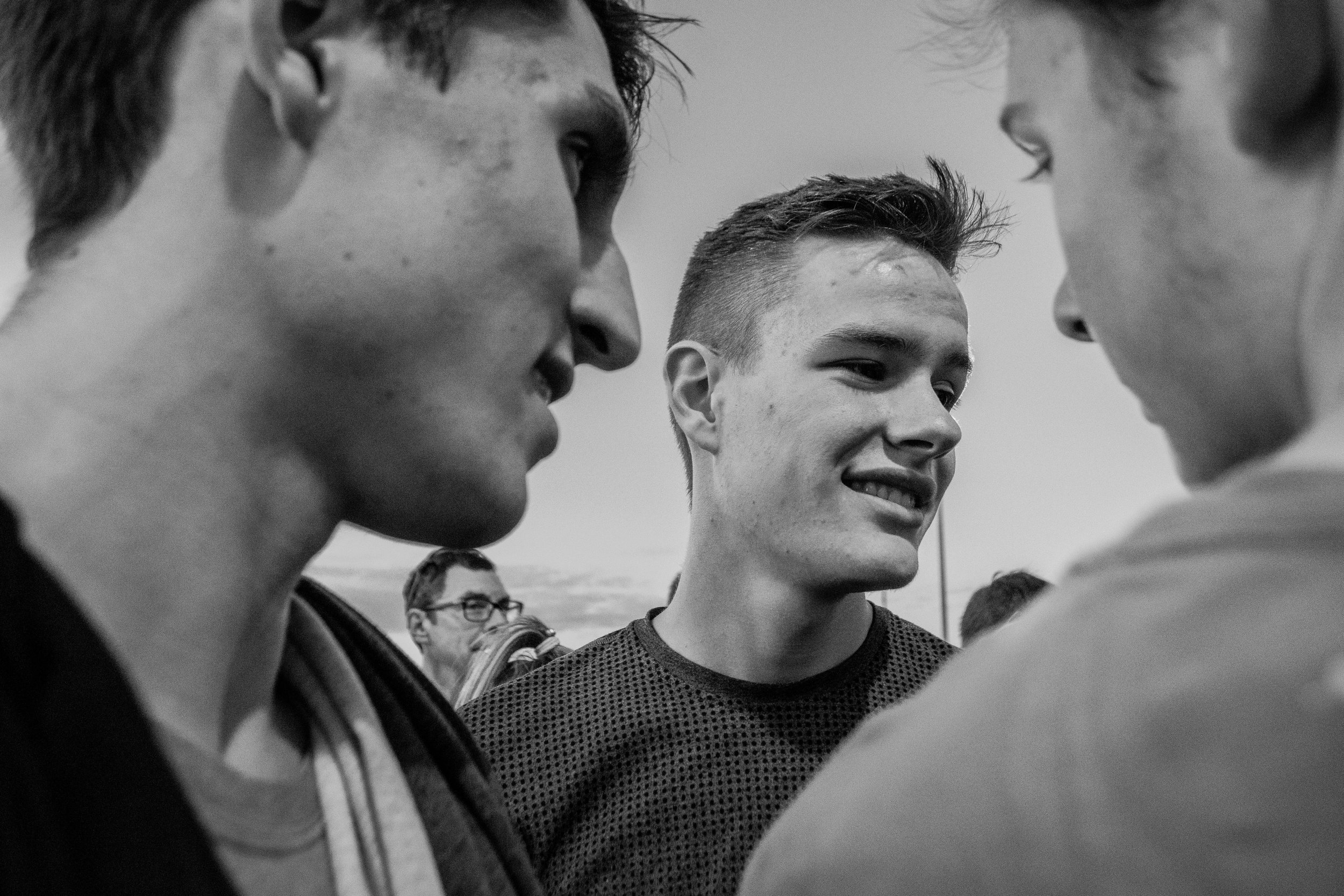
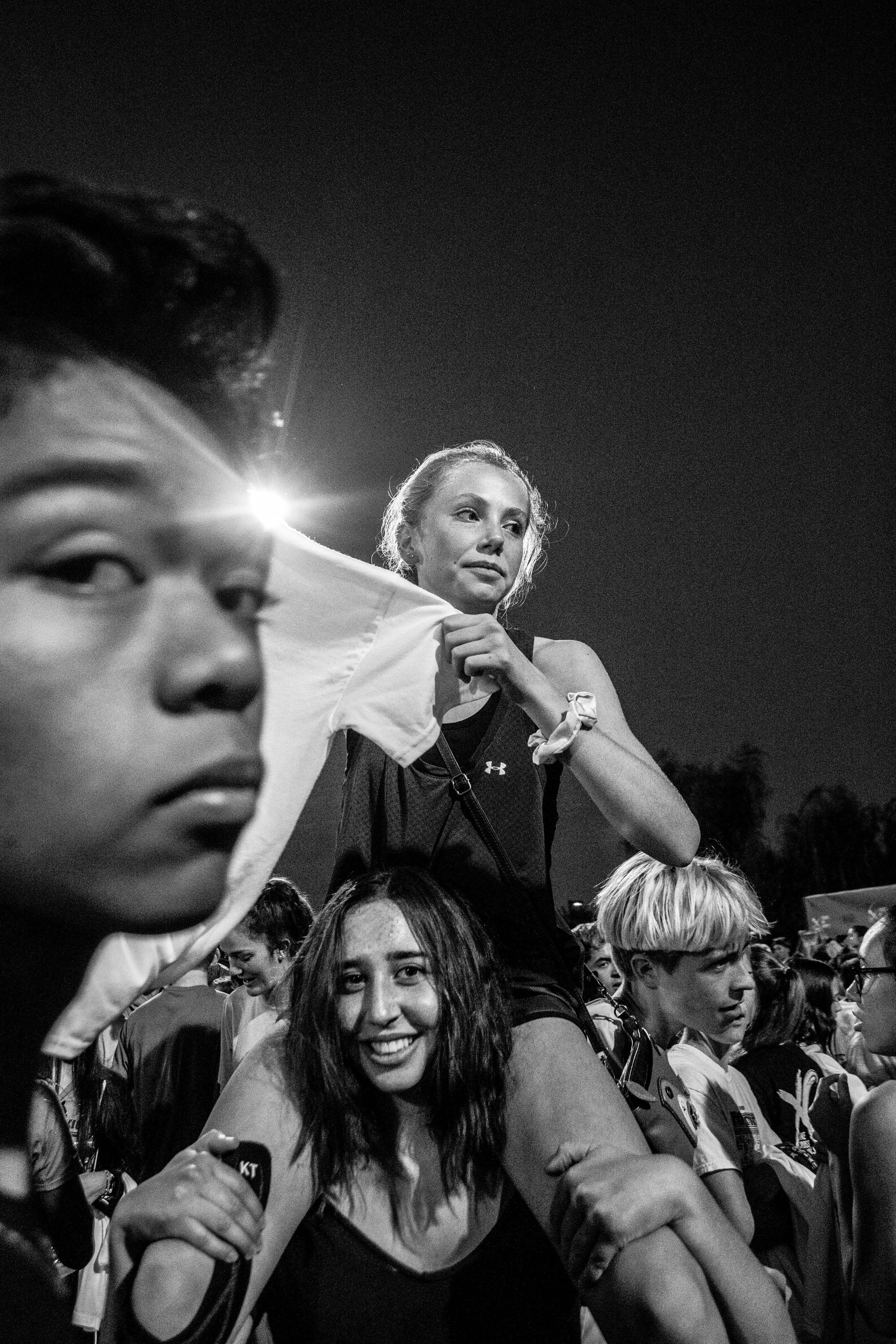
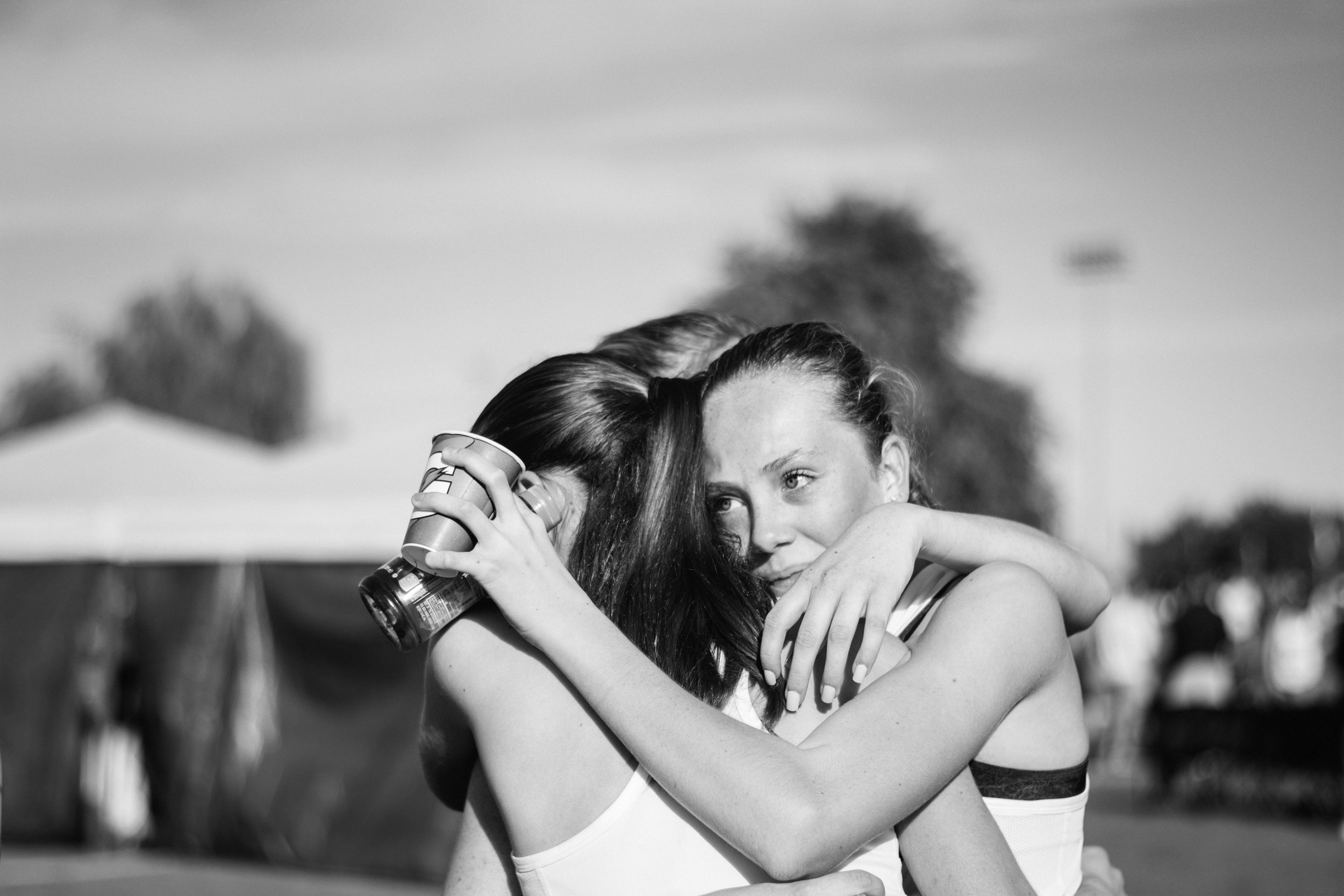


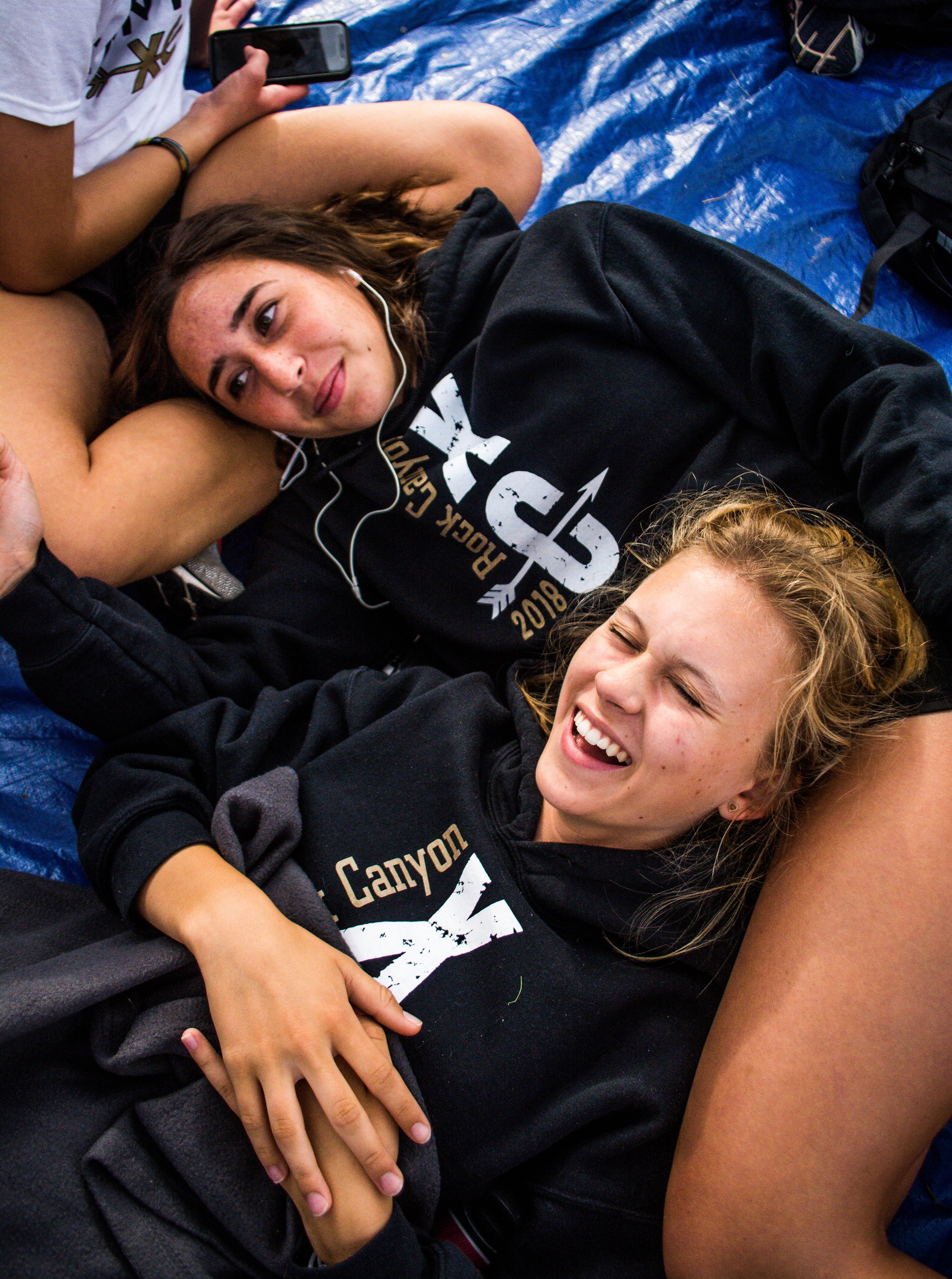




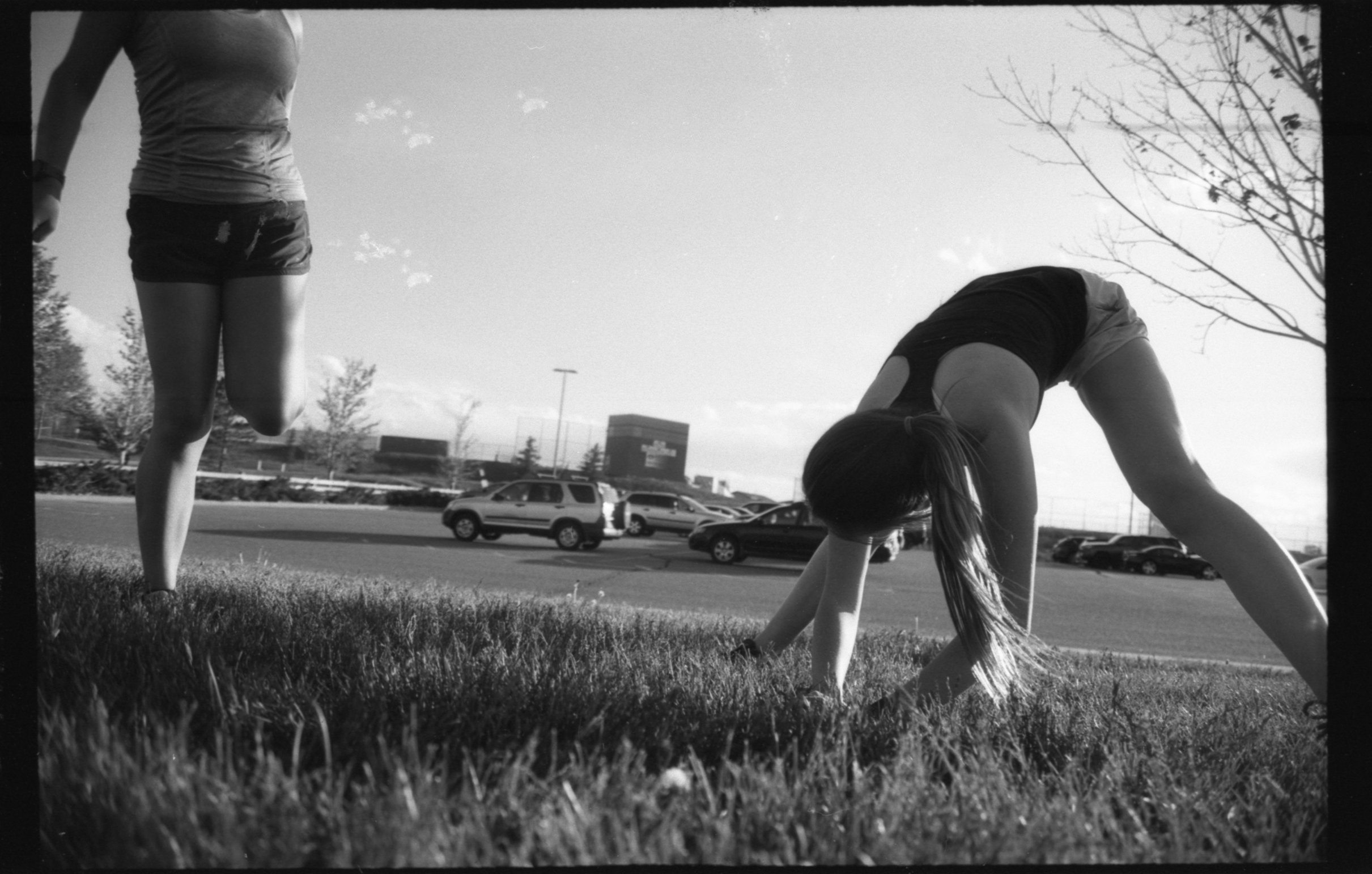


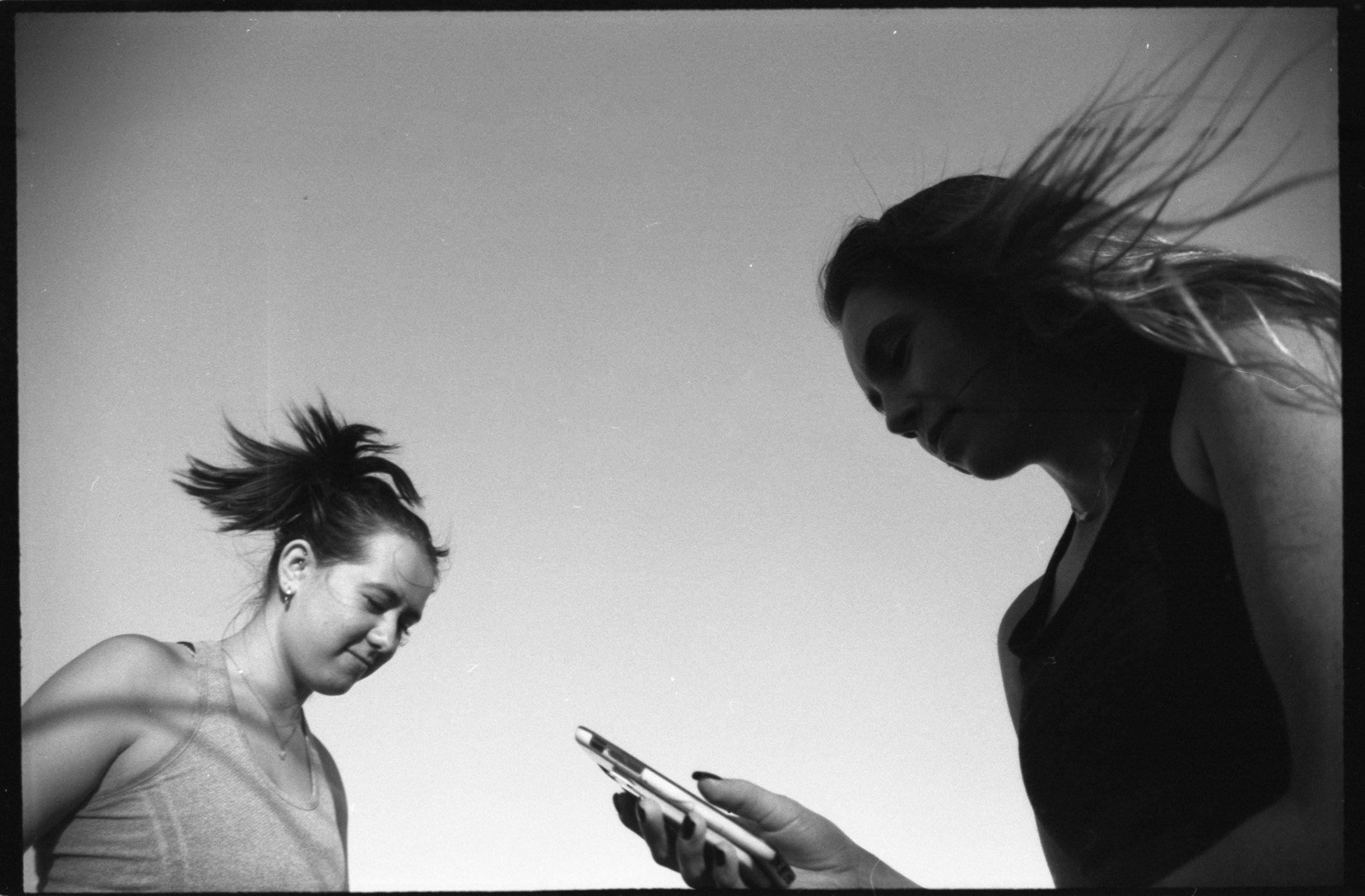


In the book “Running Practices,” Lindsey A. Freeman describes the release found in running to come from “a desire to touch something beyond or within yourself that is difficult to access when still.” They say, “to run is to move and be moved.” Running is a form of moving, but it is also a form of desire and vulnerability. There is a desire to feel others around you— for those to see the pain and also feel aside you. It is indulgent in the pleasure and weirdness of having a body, being in touch with your body, and being perceived as a body. Sometimes it touches something so deep inside, that there is no other way to access it. In running, you see each other at your very worst and very best, and thus, has led me to find my lifelong friends.
In running, uou can’t physically see the distance you’ve run; you can’t hold it in your arms, or see the traces of your mileage on the ground. However, I find that is the special and whimsical thing about running. Your body is the medium and the means of belief. It registers the mileage, the time, and the pace. It even registers someone running right next to you, but never physically touching you.
As I continue to run today, I continually search for the poetics of running within and throughout its order. To run is to glide, to run is to feel, to run is to touch pain and endure it, to touch the ground and the Earth—to run is to touch each other. Funny enough, running was labeled as one of the few “non-contact” sports I was safe to play, but I don’t think it is contactless at all. In fact, running seems to touch everywhere and everything.

